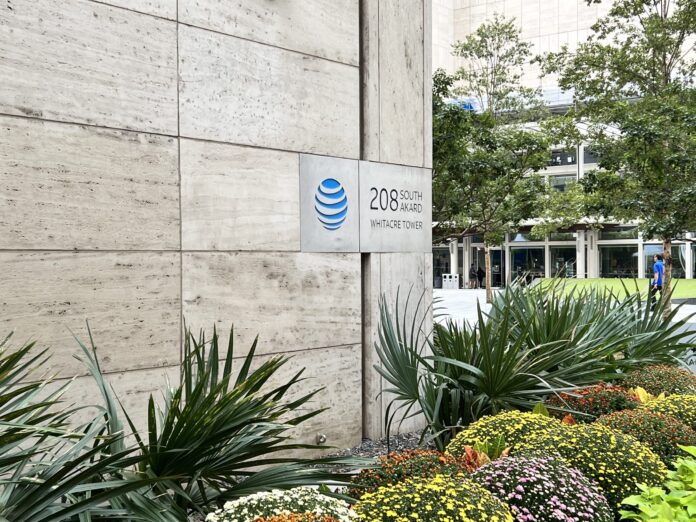AT&T counts 4.4 million FirstNet subscribers with room for more growth
If you look at marketing copy from a wide swath of telecoms vendors, 5G is billed as a silver bullet that will underpin any type of enterprise or industrial digital transformation. But as monetization on the back of 5G private networks and interworking with mobile edge compute infrastructure is slow to materialize, AT&T COO Jeff McElfresh sees different priorities based on conversations with customers and potential customers.
Speaking last week at the Morgan Stanley Technology, Media and Telecommunications Conference, McElfresh said AT&T is working on edge compute and private networking but, “Our enterprise customers, when we meet with them, they don’t approach us with a, ‘I want to get into the 5G game.’ They approach us with what’s on their mind, the CIOs of our very large accounts…Security is number one, multi-cloud is a second for them. Disaster recovery or service continuity is third and probably fourth is how do you support remote/hybrid workforce because that’s still a challenge.”
In this context, McElfresh said growth for AT&T will come from the ability to adjust serving architecture to include fiber and 5G—”Having the ability to fail over to 5G is a high-value proposition for an enterprise customer when they’re concerned about service continuity. And as we start to see more 5G chipsets getting embedded in edge equipment, not just devices that we use with our hands, I think you’re going to begin to see a larger growing revenue stream from the 5G spectrum deployed in the enterprise space with those basic services. It doesn’t require a lot of really high science in private networking, for example, to achieve that monetization. I’m encouraged because that’s the trends that I’m seeing in the discussions with our largest enterprise accounts.”
FirstNet as a driver as AT&T targets 4% wireless service revenue growth
FirstNet has been a long tail play for AT&T with the initial build-out giving the operator an opportunity to deploy multiple spectrum bands, including those prioritized for first responders, in one go. Now the service counts 4.4 million subscribers and 24,000 eligible agencies. McElfresh said that growth opportunity isn’t tapped out. “We see market expansion and actually not a share-take play, but an actual revenue expansion for our industry with some of the solutions that our product teams are bringing…for the first responder community.”
In addition to more growth from FirstNet, McElfresh also said AT&T is prioritizing the mid-market enterprise segment. “AT&T today does not enjoy any share leadership in the mid-market enterprise space. And we’ve got work to do on that, and we’re underway right now this year doing that with an organization dedicated to it…We’re confident in subscriber growth with attractive churn rates and good return profiles and service revenue growth of 4%.”
2023 priorities
In terms of big picture 2023 strategy, McElfresh said there aren’t any major changes. He said AT&T would continue to invest in growth as a function of both network and customer segments, continue to cut operating costs, and follow a “very deliberate capital allocation strategy…Those balancing acts continue to drive our core strategy in the business.”
In terms of cost reductions, McElfresh said that in the fourth quarter AT&T had passed $5 billion of its $6 billion target. Breaking that down, he said roughly 25% came from network, 25% from customer-facing operations like distribution, and the balance from back office and support overhead. “We have the $6 billion target well in hand.”
On the capital side, McElfresh said investment in C-Band deployment and fiber expansion continues; the company guided year-over-year capex down from $24 billion to $20 billion. McElfresh described capex as a “flexible number. But we are committed in our disciplined capital allocation approach to investing in growth, covering the dividend and paying down debt…To do that, we’ve got to get better penetration rates, which we are doing in our fiber deployment. We’ve got to make our capital dollars stretch a bit further operationally with our wireless build…All of this goes into our ability to get better return on a lower capital number next year.”
Read a transcript of McElfresh’s full conversation with Simon Flannery here.

